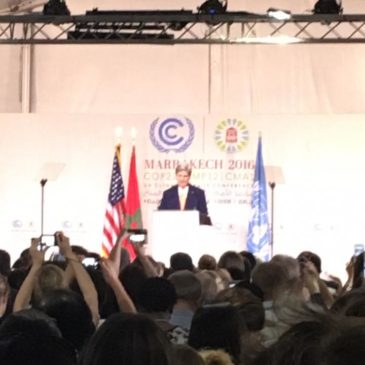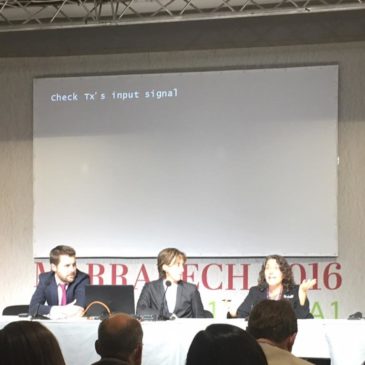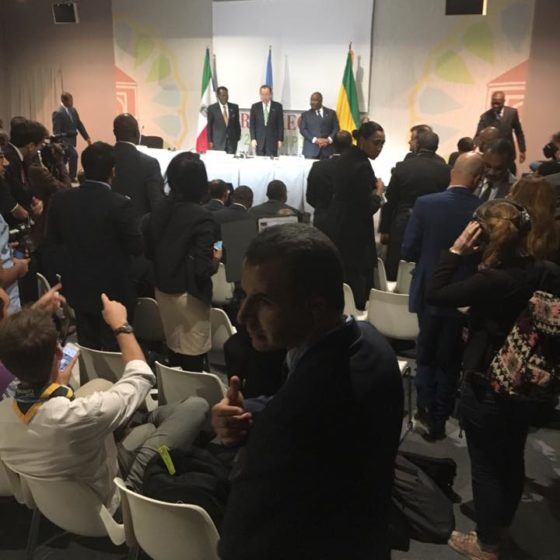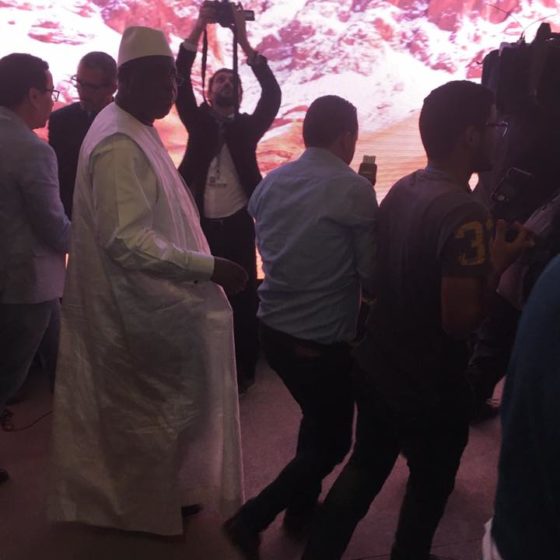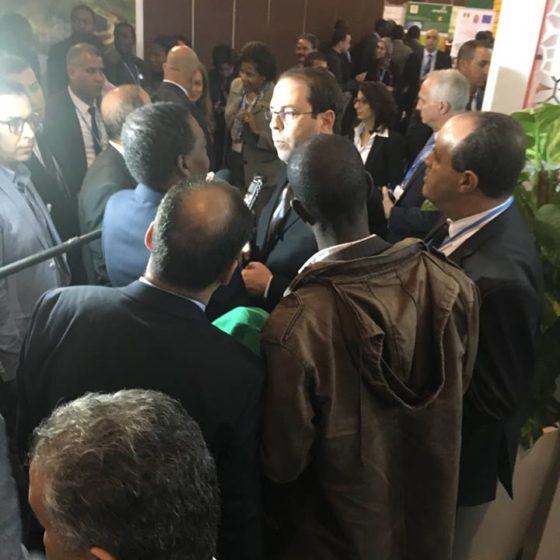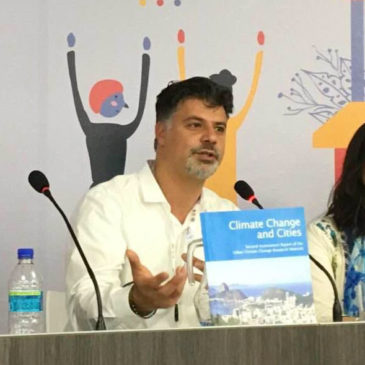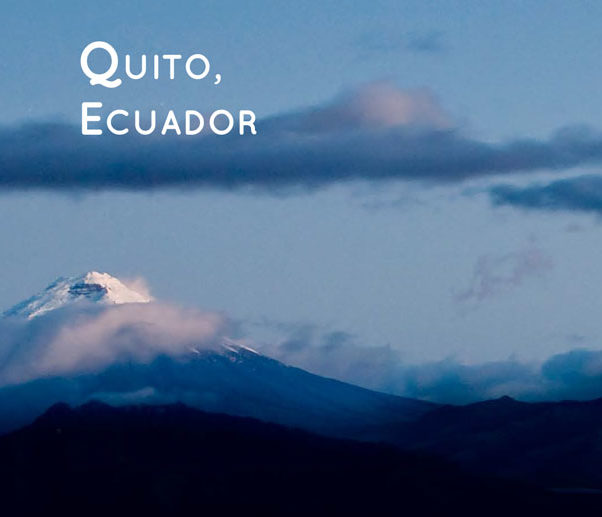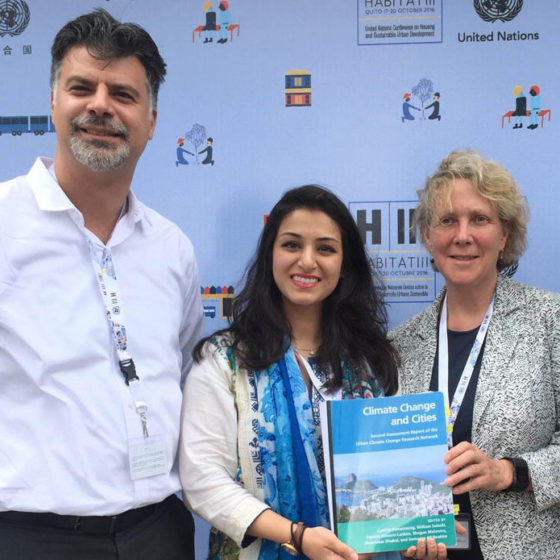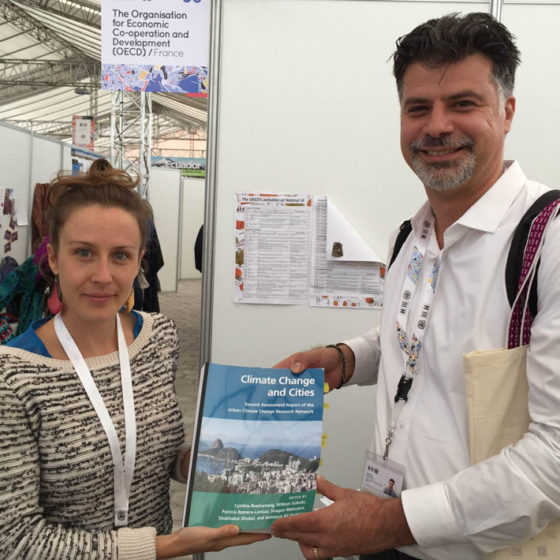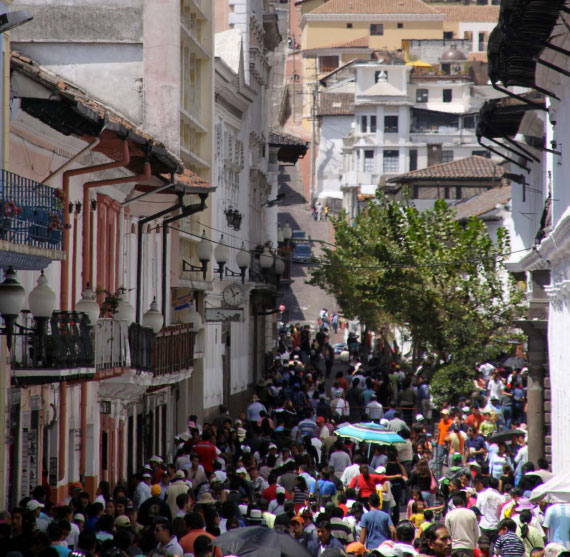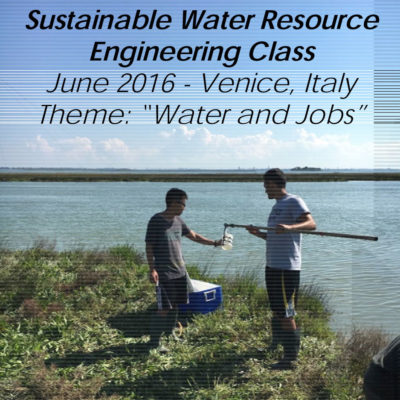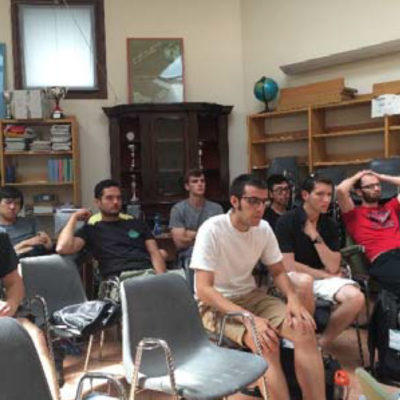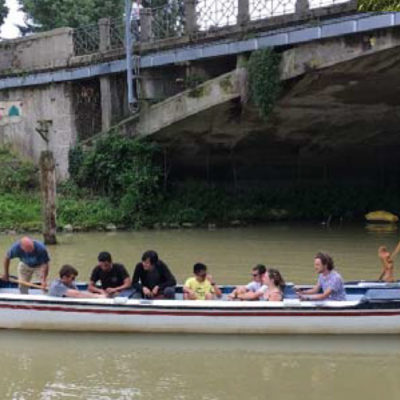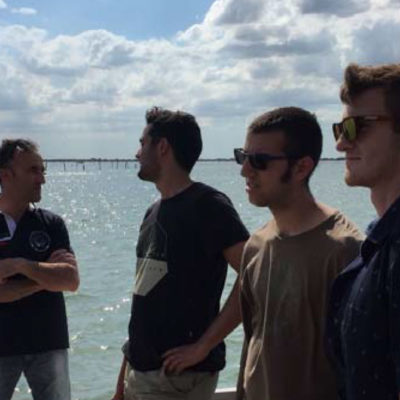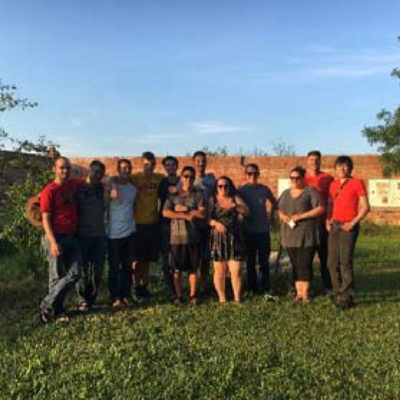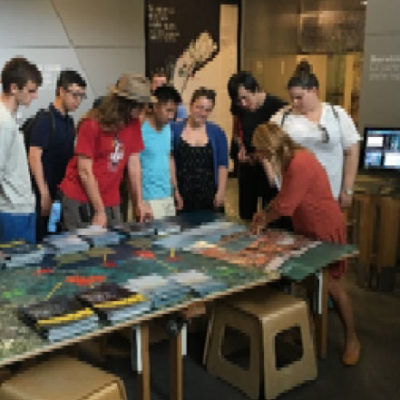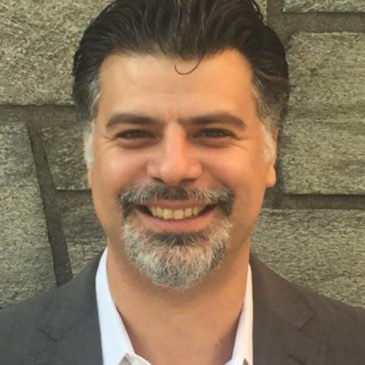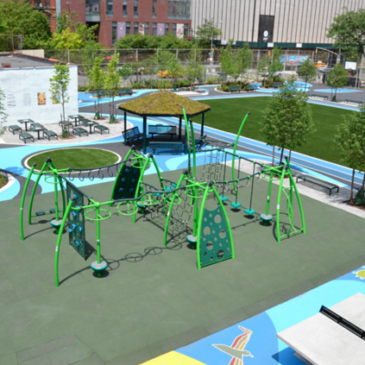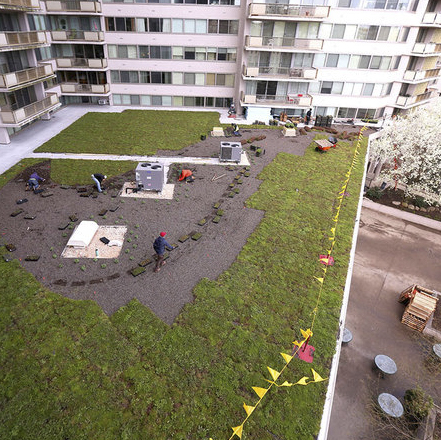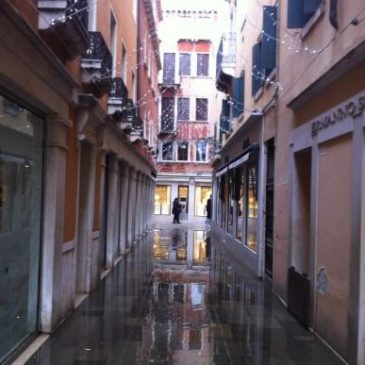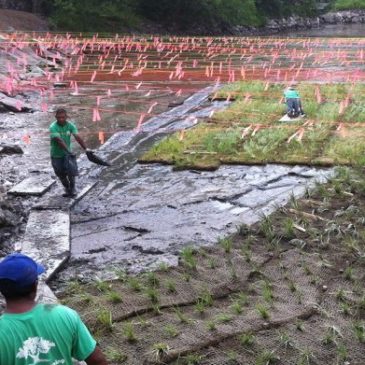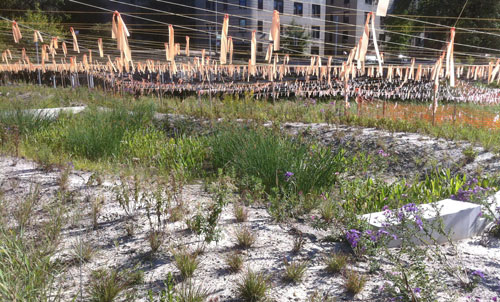US Secretary of State, John Kerry Speech at the COP22
From the desk of Dr. Franco Montalto:
Dr. Montalto is at the 22nd Conference of the Parties to the UNFCCC
Type: Meeting or Conference Organizer: United Nations Framework Convention on Climate Change (UNFCCC)
Date: 07-18 Nov 2016 Location: Morocco (Marrakesh)
US Secretary of State, John Kerry, just gave an impassioned one hour talk about the path we’ve travelled and how much further there still is to go.
His message was similar to that of the other pragmatists/optimists/realists at this conference, namely that because of all that’s been done so far, we have a lot to feel encouraged about. But at the same time, we must remain aware that there is still a long way to go.
According to Kerry, the global community has never been more united in its resolve to accept the challenge posed by climate change and to act. The world came together last year at COP21 in Paris and committed to working towards reducing future global temperature increases to well under 2 degrees Celsius. Post-Paris, country’s doubled down and made their commitments binding at a very rapid pace. Though only 55 countries accounting for 55% of global emissions were required for the agreement to become binding, currently there are more than 109 countries collectively responsible for 75% of global greenhouse gas emissions, who have signed on to this historic pact. To resounding applause, Kerry reassured the audience that even in the United States, nobody should ever doubt that the majority of US citizens now believe that climate change is real and are ready to act.
But this year at COP22, the discussion is about implementation. Each nation is developing its own plan, tailored to its own circumstances, and according to its own abilities. It is an example of common, but differentiated responsibilities. Each country is taking advantage of the array of tools available to us and the most vulnerable countries are being helped along; actions taken in all countries can be ratcheted up in time, as nations are required to revisit their plans every five years. Citing recent efforts to promote carbon neutral growth in the international aviation industry which, if it were a nation, would be among the top dozen greenhouse gas (GHG) emitters in the world, Kerry cited progress outside of the Paris agreement. The Kigali Agreement is another example which, by imposing limits on use of chlorofluorocarbons, may alone have avoided 5 degrees of global temperature increase towards the goals agreed upon in Paris.
Kerry said he is encouraged by the growth in global renewable energy industry, citing a statistic that last year more than a half a million new solar panels were put up each day. Today, more of the world’s resources are invested in renewables than in fossil fuels, and millions are employed in clean energy work. Since 2008, wind power production has tripled and there has been a 30 fold increase in solar power production. China alone invested US$100 billion in renewable energy last year alone. These changes indicate that the market has adjusted; investments in clean energy, it is now clear, make good economic sense, and for that reason, the progress that has been made cannot and will not be reversed. According to Kerry, the renewable energy market is now the largest market the world has ever known.
The key question now that we’ve agreed to act globally is whether we have the will to change fast enough to avoid catastrophic damage. Here, Kerry said, time is not on our side. “At our current rate, we will not meet our goals.” Sixteen of the hottest years in recorded record have occurred since 2001, the last year that Marrakech hosted a COP. We’ve had record-breaking droughts, increased regularity in extreme weather, people displaced by climatic conditions, island states that have had to move their populations permanents, and other communities that know the same hard choices are to come.
Key in all of the progress that has been made so far has been leadership. Growth in the solar industry in the US, for example, was accelerated by tax credits made available by the Obama Administration. We need more of this leadership now if we are going to make the progress we need to make at the rate we need to make it. Calling out to all of the world’s leaders, Kerry said “What we do here and now matters. We don’t get a second chance. The consequences of failure are irreversible.” We are not on a “pre-ordained path to disaster…our choices matter.” All leaders need to do is to consider what has motivated the Pope and other faith leaders, presidents, business leaders, economists, the military, farmers, fisherman, activist, young people, and scientists to speak out to begin to understand the importance of the hard work that lies ahead of us.
A big part of the solution is going to be in honest accounting. Carbon intensive energy production may be cheap in the short term, but only when the economic equation ignores all of the downstream consequences of fossil fuel usage, for example, its impacts on agriculture, ecosystems, and health. Summer hospitalizations due to heat related asthma caused US taxpayers $US 55 billion last year. In the last three months, US taxpayers have also shelled out over $US 24 billion in damages associated with extreme events. The Louisiana flooding alone cause US taxpayers $10 billion this past August. Echoing a position I remember being articulated by former NASA climate scientist Jim Hanson during COP21 in Paris, Kerry said that one of the best tools we have available to us in achieving our goals is carbon pricing. This strategy can help us to find the cheapest ways to reduce emissions the most, further leveraging market forces in addressing this key international need.
Kerry ended his talk by saying that “climate change should not be a partisan issue” and that “nobody has the right to make decisions that affect billions of people based on ideology.” Citing Winston Churchill, he said that sometimes its not enough to do our best, rather, we have to do what is required.

